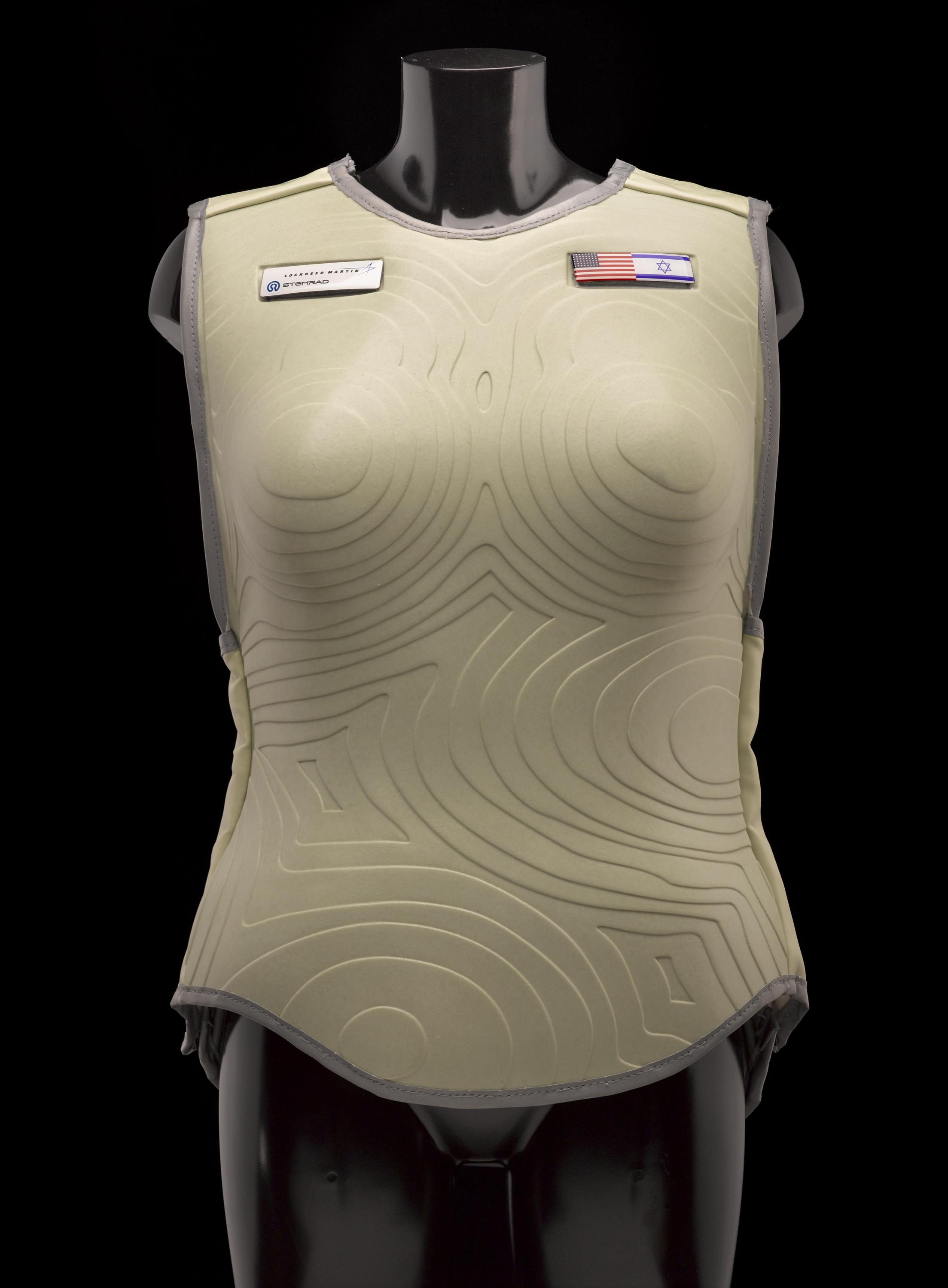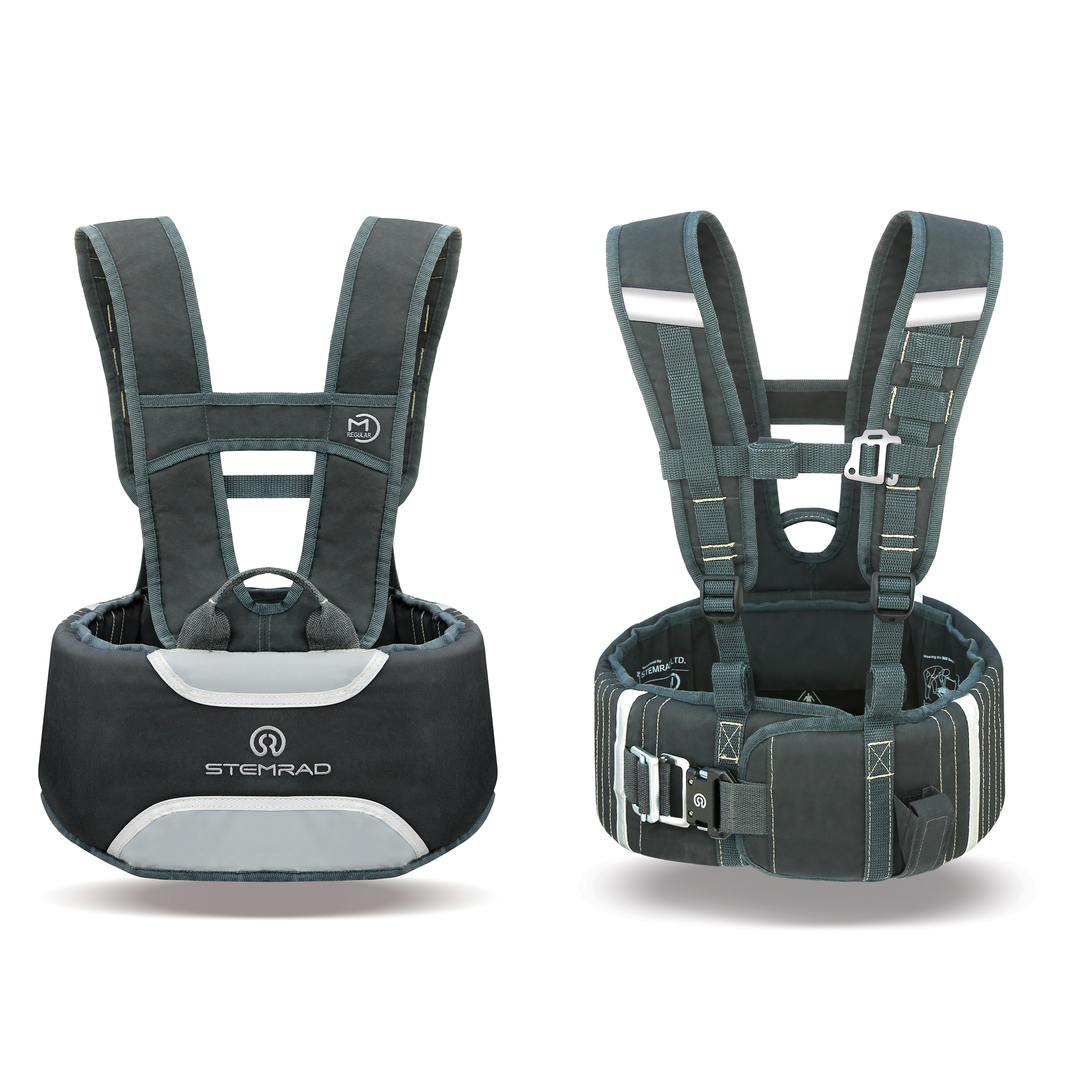Catherine Hodges, Contemporary Science Volunteer, looks at one of the latest developments in space exploration: the AstroRad Radiation Shield. The AstroRad will be on display in our interactive Tomorrow’s World gallery until 28 November.
Since the dawn of time, humankind has had an insatiable thirst for exploration. It’s driven our need to go further into the unknown, from the early Earth-based explorers, to the 1969 moon landings, to our current dreams of travelling to Mars. But space is a harsh environment, and if we want to voyage further than before innovative technologies are needed. As we travel beyond our atmosphere’s protective barrier, exposure to large levels of harmful radiation increases. This radiation slowly poisons the body, causing cells to turn cancerous. To overcome this, new wearable tech is needed.
That’s why NASA is pinning its hopes on the AstroRad Radiation Shield. Developed by Israel’s StemRad and US-based Lockheed Martin, the AstroRad is a wearable vest designed to block radiation.

It harnesses non-metallic protective materials, with thicker sections strategically placed in front of the most vulnerable organs. Each vest is custom-fitted to the astronaut, increasing both effectiveness and comfort.

The designs were inspired by radiation shields previously developed by StemRad for use by first responders to radiation incidents on Earth. The 360 Gamma protects much of its wearer’s bone marrow from radiation despite minimal shielding, exponentially reducing cancer risk.

In conjunction with the Israeli and German space agencies, NASA plans to conduct preliminary testing of the AstroRad in 2019 on the Orion Exploration Mission-1.
Orion will spend approximately three weeks in space, completing an orbit of the moon. During the mission, the vest will be placed on a fake torso, alongside an unprotected dummy, and the radiation absorption of each will be measured. This will allow researchers to see how it performs in space before it’s deployed for use on human astronauts.

There’s a lot of work to do before a manned mission to Mars can happen. But with developments like the AstroRad, we might just be one step closer.